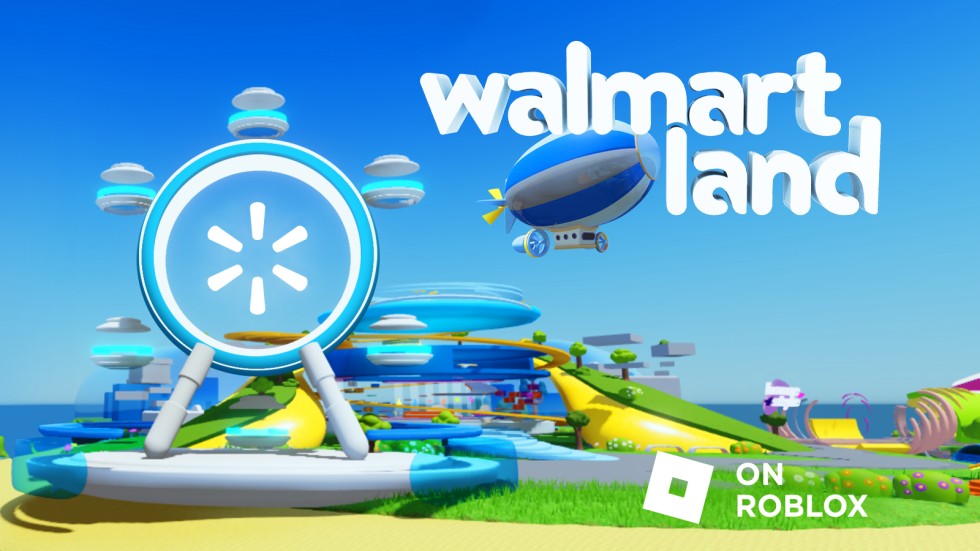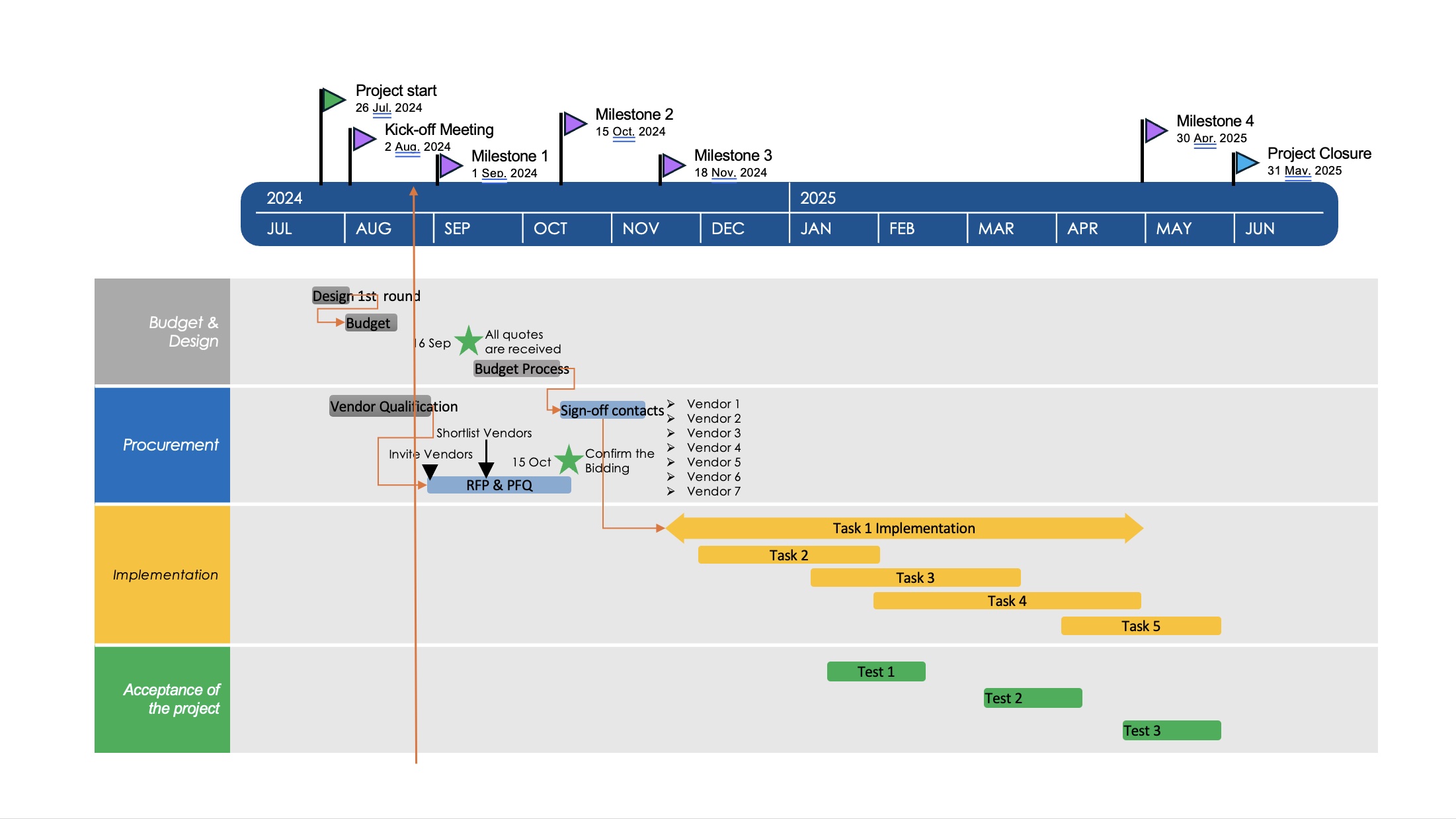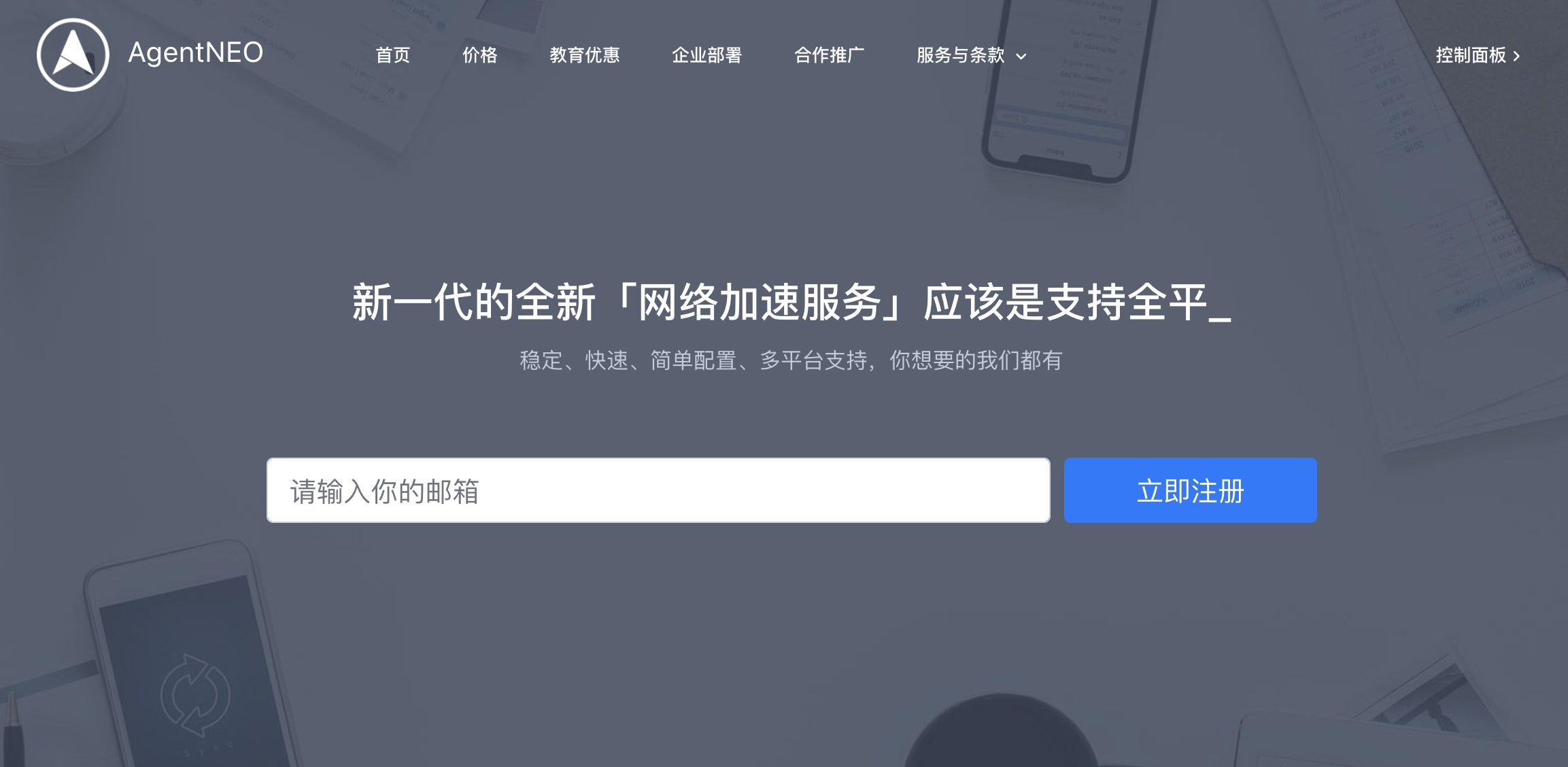According to most sources, the metaverse refers to a virtual reality space in which participants can interact with computer-generated virtual environments and other users.
Kris Kolo, global executive director of the VR/AR Association, defines the metaverse as “the next generation of the Internet”.
Kolo told RIS: “This is an online virtual platform with 3D capabilities that enables an immersive experience consisting of virtual identities, gaming, social aspects and in many cases VR/AR, resulting in more engaging, stimulating and expressive experiences, which play an important role in attracting young people.”
RIS believes that the development of metaverse-related applications in the retail industry has good prospects.
For example, large retailers such as Walmart, Crate & Barrel, and Paxsons are using the technology to get closer to consumers, provide them with an experiential way to connect with brands, and even use it as a way to generate ancillary revenue way.
Beyond that, we review some of the major Metaverse apps from the past year, using examples from leading retailers, current research, and expert opinion to highlight innovations in the space.
Retailer giant joins Metaverse
Crate & Barrel
Crate & Barrel is one of the first retailers to expand its leadership team by focusing on Metaverse development.
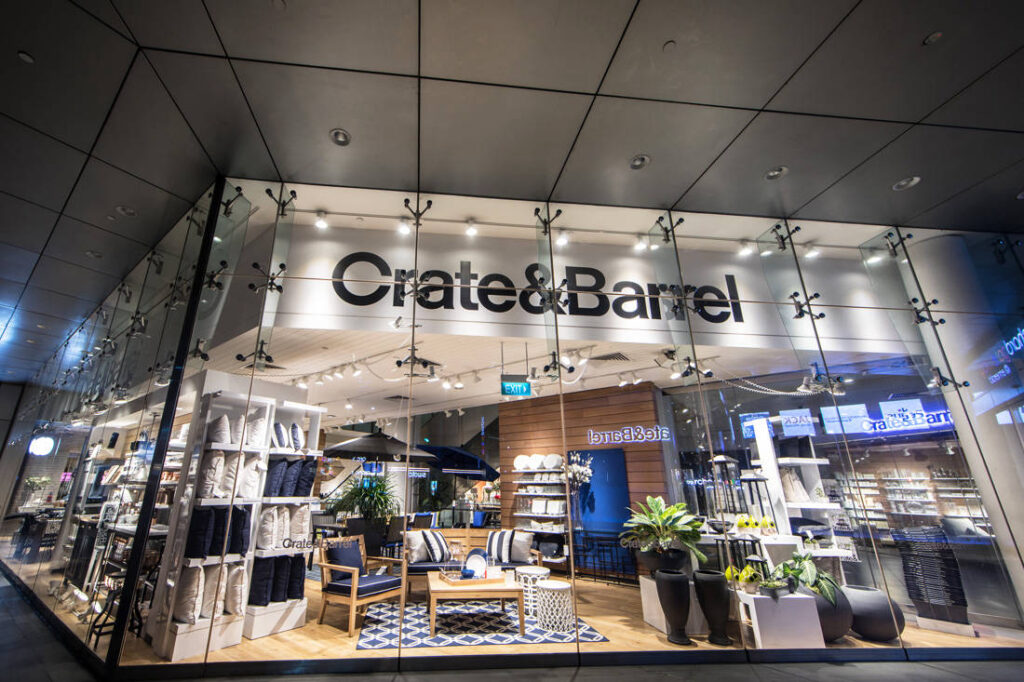
Sebastian Brauer has been promoted to Senior Vice President of the brand, not only managing the product design, development, and visual merchandising teams of the Crate&Barrel brand but also leading the company’s vision for the future metaverse and Web3.
Brower said in a statement: “My passion is to lead the team towards transformation, specifically connecting the physical and digital worlds through design thinking, collaboration, and creativity, which will allow us to explore new mediums, dimensions, and technologies to effectively It will effectively introduce CBH into a new, modern and experiential market.”
RIS predicts that by 2026, one in four consumers will be in the metaverse daily, so the leadership of virtual experience strategies will grow significantly.
Walmart
Last September, Walmart announced two new experiences on the Roblox platform: Walmart Island and Walmart Game Universe, two new spaces that offer unique interactive content and entertainment.
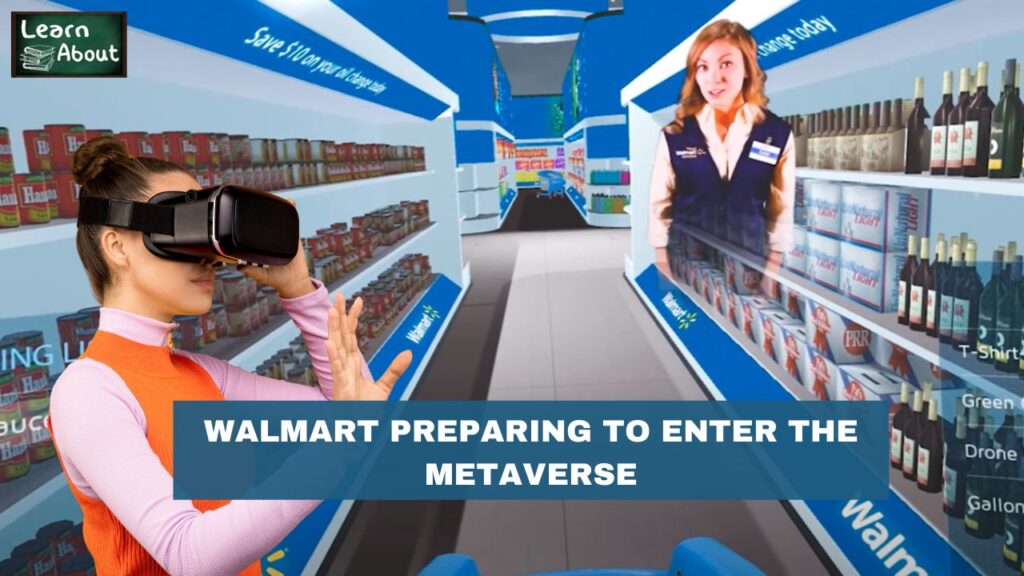
First, Walmart Island has become vivid and close to life in a virtual form, and consumers can obtain fashion, style, beauty, and entertainment items through Roblox.
In the Wal-Mart Game Universe, the Roblox community has also gained access to the “ultimate virtual toy destination” before the 2022 holiday season. Virtual facilities include interactive piano experiences, dance challenges, motion capture concerts, games, and virtual accessories.
Cathy Hackl, chief metaverse officer and founder of Web3/metaverse design consultancy Journey, said that Roblox is a small part of the real metaverse.
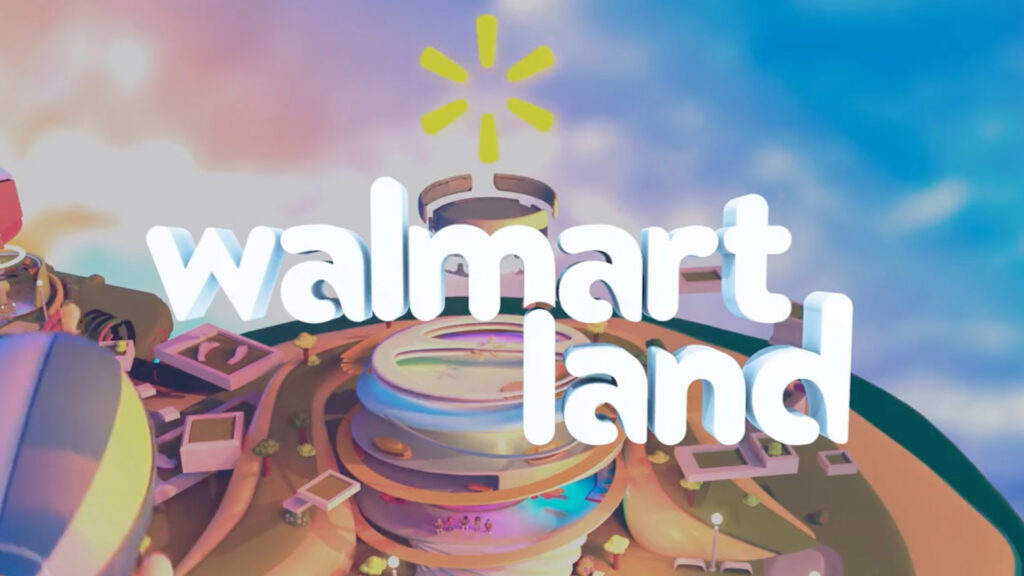
“For me, there’s just one uppercase ‘M’ metaverse, and within that Metaverse, there are lowercase ‘m’ metaverses, but I prefer to call them virtual worlds,” she told RIS, “so for me Say, Roblox, Fornite, SecondLife are all virtual worlds.”
Pacsun
Pacsun is experimenting with Roblox and NFTs, and the company just launched its second Roblox initiative, “Pacsun Los Angeles Tycoon Roblox.”
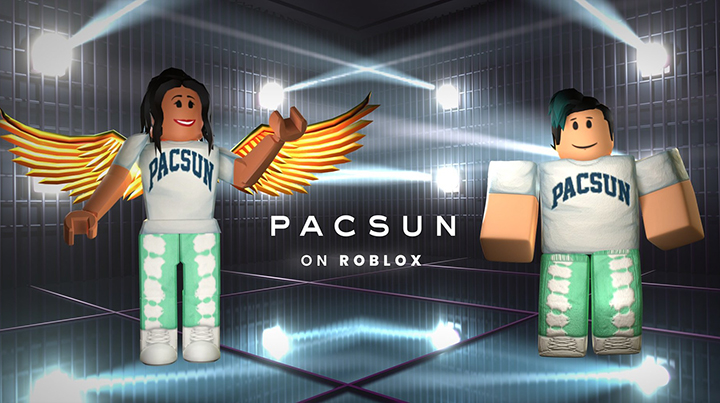
At ComplexLand, a multi-day virtual festival last spring, Pacsun highlighted its resale program, “PS Reserve,” which takes place in a tertiary store where shoppers can buy from Paxson, Playboy and the brand’s New partner Cloud9 get products.
The experience combines augmented reality with real-world shopping, allowing consumers to identify the product they want to buy in a virtual space, and then directing them to Pacsun’s website where they can purchase the physical version.
Pacsun also launched NFTs of the mall mice, displaying them in a virtual gallery. Consumers can view the artwork, bid on it, and add it to their personal collection, while the buyer receives a sneaker from Paxson’s resale program.
Monetization in this space presents a wide range of opportunities for retailers.
Sonia Schechter, co-chair of the VR/AR Association’s Retail Council, told RIS: “The most important thing for retailers right now is to understand the shift from 2D to 3D commerce, and to expand on 3D as an e-commerce technology to hybrid. retail to do more thinking”.
H&M
H&M is also integrating VR with sustainability initiatives.
Earlier this year, the company launched H&M Loooptopia, a gamified consumer experience on the Roblox platform. While much of the experience is similar to other Roblox examples, H&M allows consumers to unlock rare elements in the game by recycling old clothes.
Linda Li, head of customer operations and marketing for the H&M region in the US, said in a previous statement: “People who buy and wear H&M clothing and accessories are increasingly spending time in virtual spaces and digital worlds. The H&M Loooptopia experience on Roblox is now available. Allowing us to explore new ways to engage with our existing and new customers in places we love, whether online or offline.”
Taco Bell
Taco Bell has been utilizing 3D virtual worlds and a browser-based platform Decentraland for its Web3/Metaverse initiative. Rather than recreating storefronts in the virtual world, the fast-food retailer focused on lifestyle experiences.
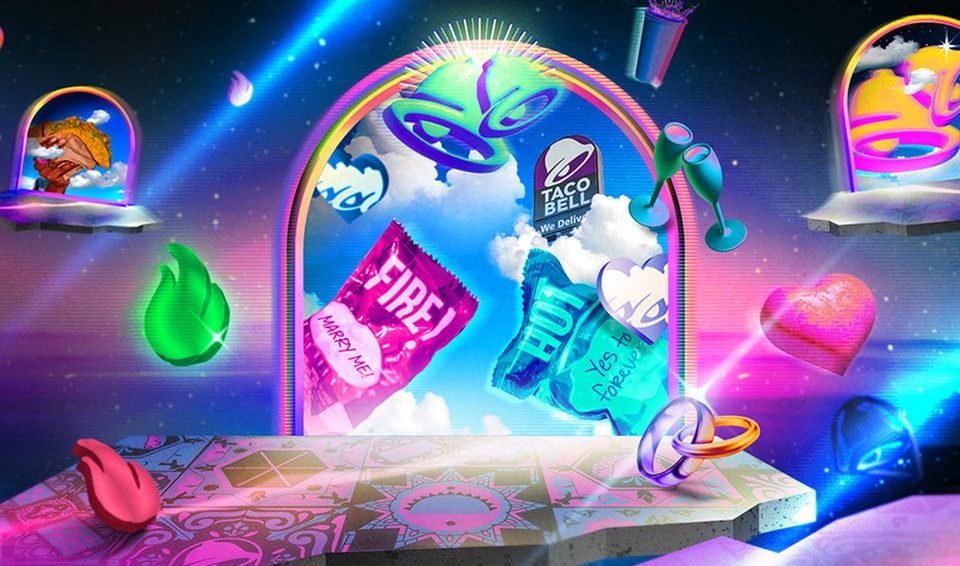
Taco Bell launches a wedding-themed contest in a replica scene of a Las Vegas wedding chapel. Earlier this month, Taco Bell announced that of more than 300 couples who applied to win Taco Bell’s Metaverse wedding competition on February 24, Sheel Mohnot and Amruta Godbole were the finalists.
“We’re always looking for new ways to satisfy our fans and give them the classic Taco Bell experience…even in the metaverse,” Taco Bell chief brand officer Sean Tresvant said last year.
Why choose Decentraland? According to DCL Metrics, the site has about 8,500 unique visitors in a single day.
“These platforms are already live and expanding in the virtual space, and brands see value in getting into the metaverse because some of their customers are already spending time in these virtual worlds,” Hackl said.
Lowe’s
Home improvement retailer Lowe’s is taking a different tack with Metaverse, launching a construction resource center where product literature can be downloaded for free.
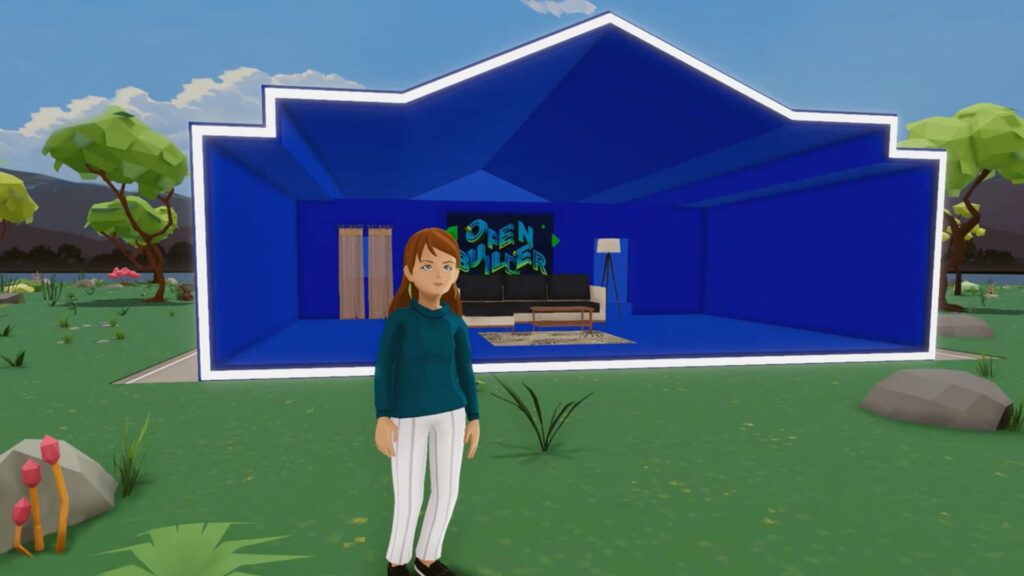
Through the Asset Center, virtual builders can download more than 500 3D product profiles that simulate real-world items across multiple categories, including lighting, patio furniture, area rugs, kitchen and bathroom accessories, and trim styles.
According to Lowe’s, these assets can be used in both metaverse and non-metaverse environments, including games, AR, and creative design.
The company is also launching a limited collection of NFT wearables, allowing Decentraland’s first 1,000 builders to update their avatars with themed boots, hard hats, and other accessories.
Lowe’s Chief Information Officer Seemantini Godbole said in an earlier statement: “We know that customers can only explore and test different furniture in the virtual world and understand these furniture well enough before they can use it in their real home or home. take the next step in the workplace”.
“By joining Metaverse now, we can explore new opportunities to serve, support and inspire our customers in ways no other home improvement retailer can currently do.”
Building a Metaverse Strategy Guide
What stands in the way of a full implementation of the Metaverse at the retail level? For example, the industry has been slow to move in this area, as companies look to low-tech promises and low-cost Metaverse experiences.
According to Deloitte, there are usually several barriers to scalability:
Interoperability: Due to the size of the Metaverse, it can be difficult for users to navigate within it, and for retailers to properly utilize the space as a sales mechanism.
IT Support: A true Metaverse environment requires advanced technology, such as VR headsets and high-speed internet connections, which may not be widely available in the home.
Trust: Products such as digital currencies and NFTs often have cybersecurity and fraud risks, which can lead to consumers losing trust in the technology.
Experience: Most of the Metaverse experiences available today are still in their infancy, characterized by clunky graphics, and the overall experience leaves room for improvement. Consumers may lose interest once the initial novelty wears off, Deloitte said.
Costs: The sustainability burden associated with aspects of the metaverse like Crypto and blockchain is heavy, which can hinder progress.
Despite these hurdles, there are several strategies retailers can employ to continue making progress in this space. They include:
Digital store experience
The e-commerce space is full of untapped potential when it comes to digitizing the store experience. Retailers are able to bring the in-store experience to life through e-commerce strategies that blend virtual and physical shopping.
Take advantage of monetization in the virtual space
From NFTs to cashing out in a virtual space but getting physical products, there are many ways retailers can monetize their metaverse experience.
According to Marty Resnick, research vice president at Gartner, by 2026, 30% of the world’s organizations will have products and services geared toward the metaverse, saying, “Enterprises will be able to move from digital business to metaverse business in unprecedented ways. expand and enhance its business model”.
Focus on mixed retail
Both physical and virtual experiences are valuable, especially today as consumers prefer to shop in different ways. Combining the two to create a unique experiential shopping experience is the best way to go.
The key to enhancing and extending these immersive experiences is collaboration, co-creation, and potentially embracing new business models,
Hackl said: “I think we’ll also continue to see demand for more experiential brick-and-mortar retail to cater to more Z generation, and now a generation-alpha audience.”
Hackl added that retailers need not worry about going all-in at the outset, but developing a strategy early on will be beneficial.
Invest in Metaverse Education
In the end, there’s nothing like staying abreast of the latest innovations and changes in the space. By implementing Metaverse-focused leadership at the executive level and prioritizing training and education, retailers will be able to pivot quickly to seize the latest opportunities.
Resnick says it’s too early to recognize which investments will be viable long-term investments, but advises product managers to take the time to learn, explore and prepare for the Metaverse in order to position themselves against the competition.
